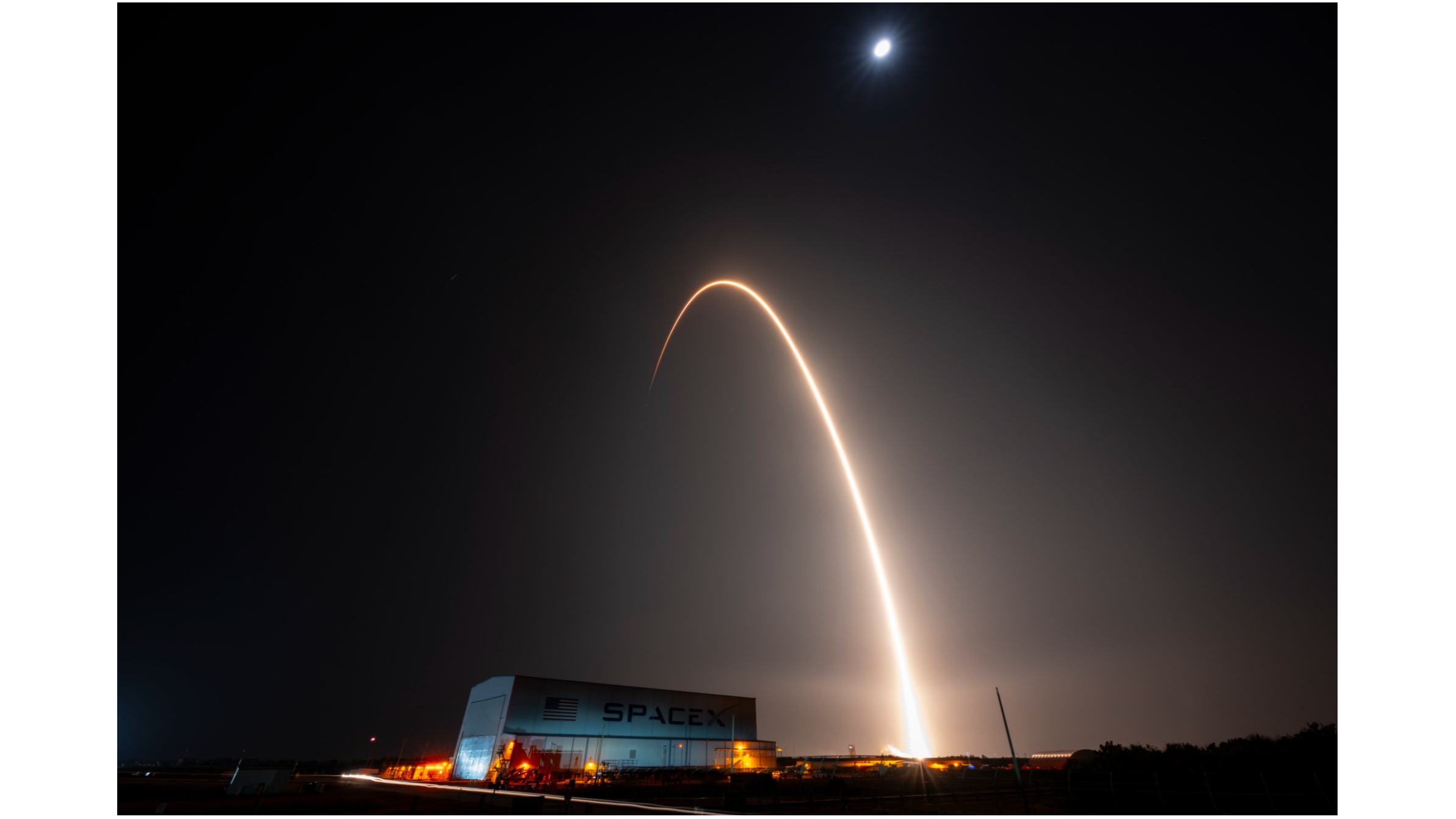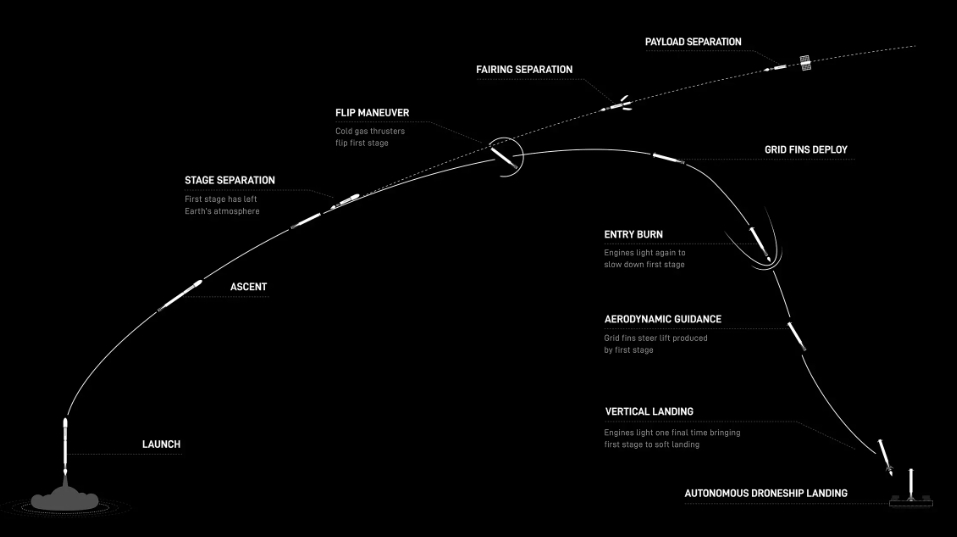SpaceX Falcon 9 rocket launches 28 Starlink satellites to orbit from Florida (video, photos)
Launch. Rinse. Repeat.
There's no rest for the space-enthused Starlink launch follower, as SpaceX continues lofting more of the internet satellites into orbit.
A Falcon 9 rocket launched SpaceX's Starlink 6-93 mission Tuesday night (May 6) from Cape Canaveral Space Force Station (CCSFS) in Florida. Liftoff occurred at 9:17 p.m. EDT (0117 GMT on May 7) from CCSFS's Launch Complex-40 (LC-40) — one of two launch sites the company operates on the Space Coast.
The Falcon 9 carried the 28 new Starlink satellites to low Earth orbit (LEO), where they will join a constellation of more than 7,200 of the internet satellites.

Crew-9 | RRT-1 | Firefly Blue Ghost Mission 1 | Fram2 | 2 Starlink missions
The Falcon 9 booster supporting this mission, a vehicle designated B1085, executed main engine cutoff of its nine Merlin engines about 2.5 minutes into flight, followed quickly by stage separation. B1085 then performed a retrograde burn to slow its velocity on its way back down to Earth, as the Falcon 9's second stage continued on to LEO.
About eight minutes after liftoff, B1085 landed safely on SpaceX's Just Read the Instructions drone ship, stationed in the Atlantic Ocean. This was the seventh launch of B1085 and the booster's third Starlink mission.
The rocket's upper stage continued toward LEO, where the 28 Starlink satellites were deployed on schedule about one hour into flight. They will spend the next few days maneuvering into more specific orbits to join SpaceX's growing megaconstellation.

SpaceX's Starlink network consists of more than 7,200 operational satellites and counting. Each about the size of a large table, not counting their broad solar arrays, the satellites operate in a grid to form a lattice across nearly all of the planet, excluding the poles. Starlink offers customers a high-speed internet connection from anywhere (other than the poles) they are able to point their Starlink receiver toward the sky.
Breaking space news, the latest updates on rocket launches, skywatching events and more!
Tuesday's launch was SpaceX's 53rd Falcon 9 mission of 2025, and the company's 36th Starlink launch so far this year. The company has also launched two test flights of its Starship megarocket in 2025.
Join our Space Forums to keep talking space on the latest missions, night sky and more! And if you have a news tip, correction or comment, let us know at: community@space.com.

Josh Dinner is the Staff Writer for Spaceflight at Space.com. He is a writer and photographer with a passion for science and space exploration, and has been working the space beat since 2016. Josh has covered the evolution of NASA's commercial spaceflight partnerships and crewed missions from the Space Coast, as well as NASA science missions and more. He also enjoys building 1:144-scale model rockets and human-flown spacecraft. Find some of Josh's launch photography on Instagram and his website, and follow him on X, where he mostly posts in haiku.
You must confirm your public display name before commenting
Please logout and then login again, you will then be prompted to enter your display name.
